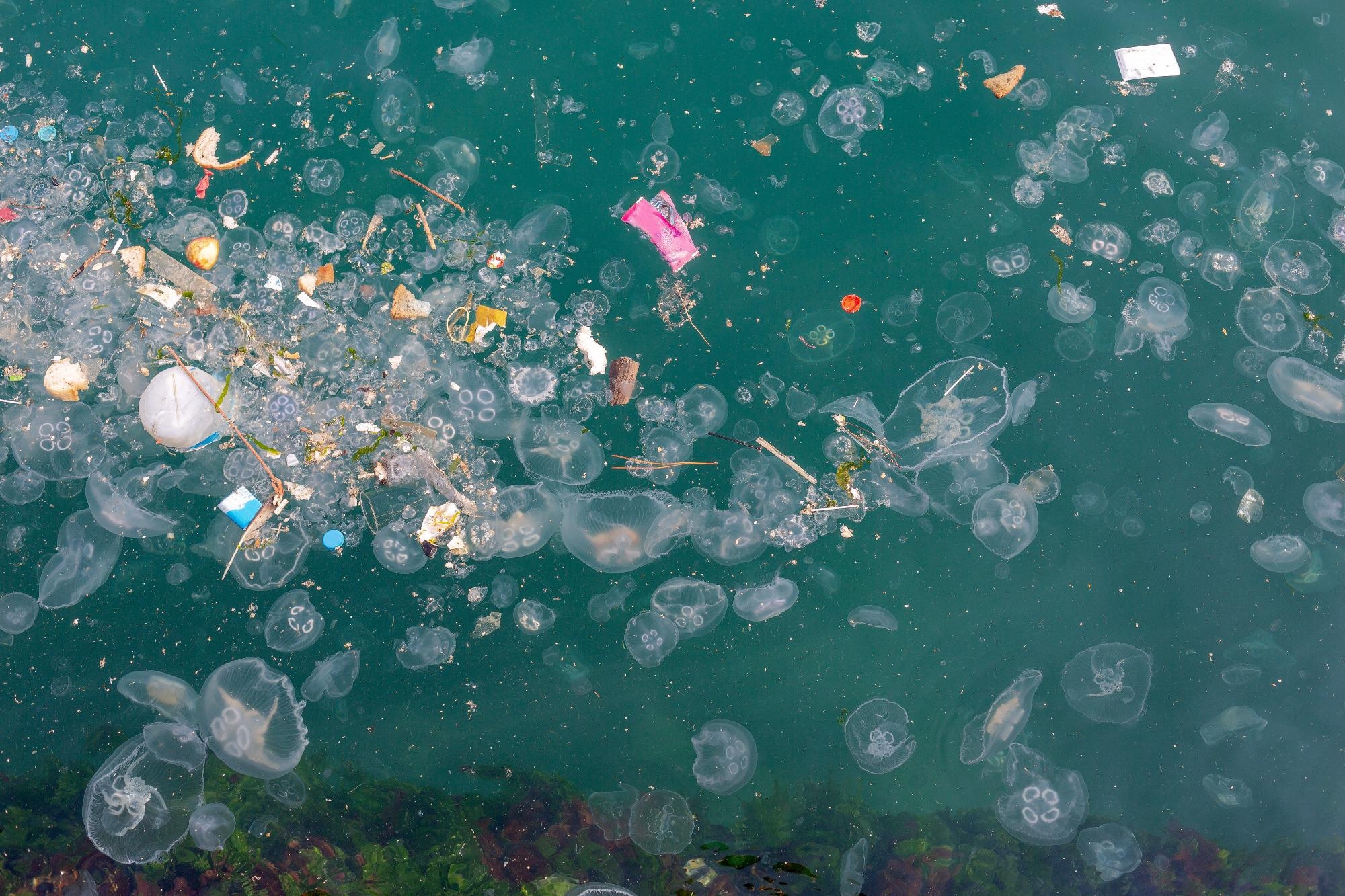AZoRobotics speaks to Odei Garcia-Garin from the University of Barcelona. Odei is part of a Research Group on Large Marine Vertebrates at the University of Barcelona; the team is currently developing an artificial intelligence based app called MARLIT that studies floating marine macro-litter (FMML).
Can you give our readers more information on MARLIT and how it is used?
MARLIT is a web-oriented application. It is a further step towards the automation of floating litter detection and provides a useful approach to standardize litter monitoring through any aerial platform (e.g., a drone or a small aircraft) equipped with remote sensing devices. It could be helpful to classify high amounts of images as containing floating marine macro litter (FMML) or not, which could help identify potential areas of aggregation.
The web application, accessible from a computer device, allowed: (1) uploading aerial images; (2) splitting images into multiple cells, (3) analyzing them through the AIImagePred R library; (4) detecting floating litter presence in each of the cells; and (5) quantifying its density in relation to the surface covered by the images
How did the team go about developing MARLIT?
The MARLIT application was supported by the project MEDSEALITTER, funded by the European Union (European Regional Development Fund- Interreg MED). This project aimed to produce standardized protocols for floating litter monitoring. A research group at the University of Barcelona, studying Large Marine Vertebrates was in charge of testing the protocols using drones and aircraft with high-resolution cameras.

Image Credit: Shutterstock.com/ Dotted Yeti
What were the testing techniques involved when developing MARLIT?
We performed several surveys over the Mediterranean waters of the Spanish coast. We used different drones and aircraft types to take images over "positive controls" (marine litter that we deployed from a boat). In addition, we conducted several surveys over natural areas to obtain a high number of images to train MARLIT.
We obtained thousands of images of the sea surface, some of them containing marine litter. Although we reached a good accuracy of litter detection (81%), if we could increase the training set of images, we could improve MARLIT.
Can you give our readers more information on the algorithm that the team used in MARLIT?
MARLIT works by a deep learning model using Convolutional Neural Networks (CNNs). While other machine learning methods need a set of features to feed the classifier, deep learning based on CNNs trains and recognizes the targets' spatial patterns using a series of features inside its native structure.
The main advantage of deep learning algorithms compared to their predecessors is that they can automatically identify the important features of an image without any human supervision, meaning they require less time. Deep learning algorithms based on CNNs are inspired by the biological resemblance between the connectivity pattern of neurons and the organization of the animal visual cortex.
Why is it important to classify marine waste and identify its source?
Marine litter poses a potential threat to the marine fauna and, furthermore, to humans. Monitoring its density and distribution patterns through standardized methodologies is vital to assess the extent of this environmental threat.
The development of user-friendly applications for monitoring the presence of floating marine litter would facilitate the implementation of routine monitoring programs of this threat, in compliance with current regional and national environmental regulations.

Image Credit: Shutterstock.com / Melih Evren
What benefits does MARLIT have over conventional observation methods?
Although traditional observer-based methods present many advantages (e.g., precise identification of targets, absence of constraints related to the duration of the camera battery charge or the storage space), alternative remote sensing methods offer distinct advantages, such as more objective and reproducible results, and the possibility to re-analyze the recorded images for other investigations.
What's next for the team at IRBio and the University of Barcelona?
We are looking for collaborations to enlarge the data set and improve MARLIT. In addition, we aim to install the application directly to the remote sensor, such as a drone, to increase the efficiency of the detection process.
Where can readers find more information?
Your readers can find more information here in the journal.
About Odei Garcia-Garin

Odei is a biologist Ph.D. student currently working at the University of Barcelona on the occurrence, distribution and abundance of marine litter and its impact on marine fauna. His research focuses on the analysis of plasticizers, microplastics, and the monitoring of floating marine macro-litter and marine vertebrates.
Disclaimer: The views expressed here are those of the interviewee and do not necessarily represent the views of AZoM.com Limited (T/A) AZoNetwork, the owner and operator of this website. This disclaimer forms part of the Terms and Conditions of use of this website.